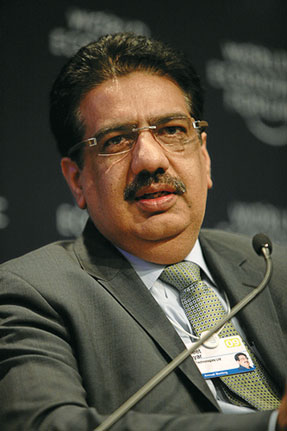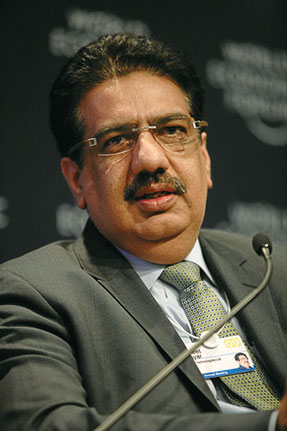Business
American Techies Unemployable

| HCL Technologies’ CEO Vineet Nayar has created a stir by asserting that American tech graduates are “unemployable.”
InformationWeek reported that in response to criticism that HCL does not hire locals at its U.S. centers, Nayar responded, that American grads are inferior to graduates from India, China and Brazil and too expensive to train. According to Nayar, InformationWeek reported, “They’re far less inclined than students from developing countries like India, China, Brazil, South Africa, and Ireland to spend their time learning the ‘boring’ details of tech process, methodology, and tools — ITIL, Six Sigma, and the like.”
Nayar’s comments have been panned for stereotyping American IT workers. InformationWeek’s Robert Preston protested: “Imagine if the CEO of a US-based tech company marched into Mumbai seeking a bigger share of the country’s multibillion-dollar market and declared the locals to be unemployable and untrainable. A culture of innovation isn’t inconsistent with one that values attention to detail.” JobDestruction.com complained: “Vineet Nayar, an Indian CEO of the bodyshop HCL, said that Americans who graduate from our universities are unemployable. He feels that students from developing countries like India are superior employees in part because they aren’t obsessed with getting rich quickly…. HCL hires Indians almost exclusively, so it’s safe to assume that Nayar’s disparaging comments don’t just apply to our young college graduates — he thinks all Americans are unemployable.” In the wake of the criticism, HCL Technologies issued a statement: “We would like to clarify that comments made by Vineet Nayar have been perceived in the wrong light and spirit. The essence of his remark was to highlight that in this present environment the challenge of employability transcends geographical boundaries and is not unique to a specific country. The education investments across the world, including India, are not aligned with industry requirements, thus creating a demand and supply gap in talent.” |

